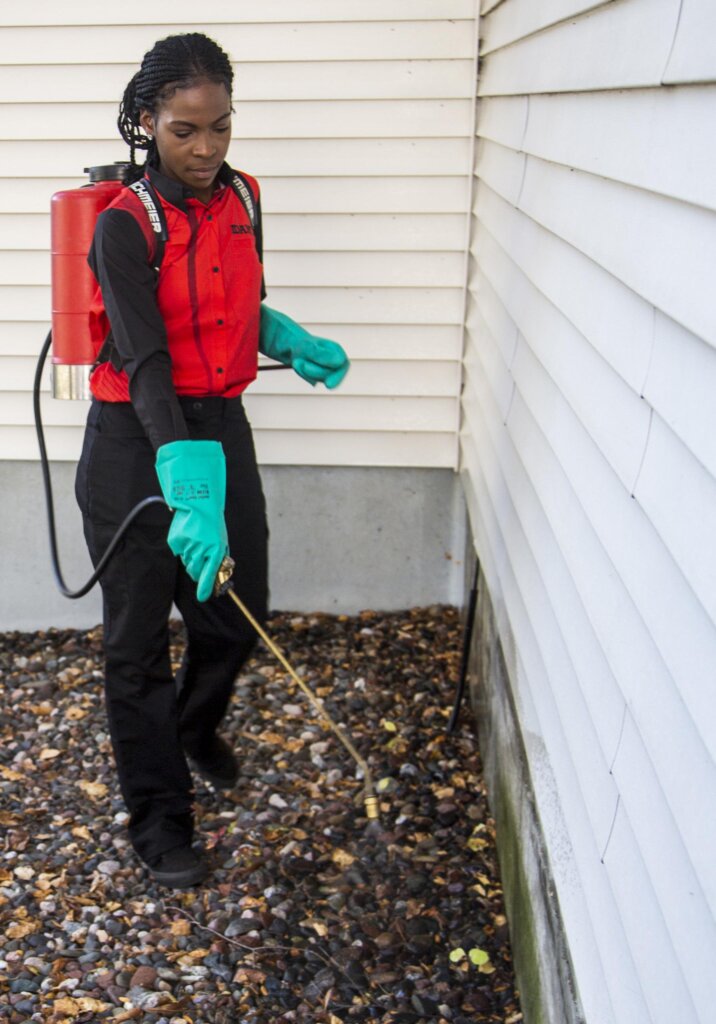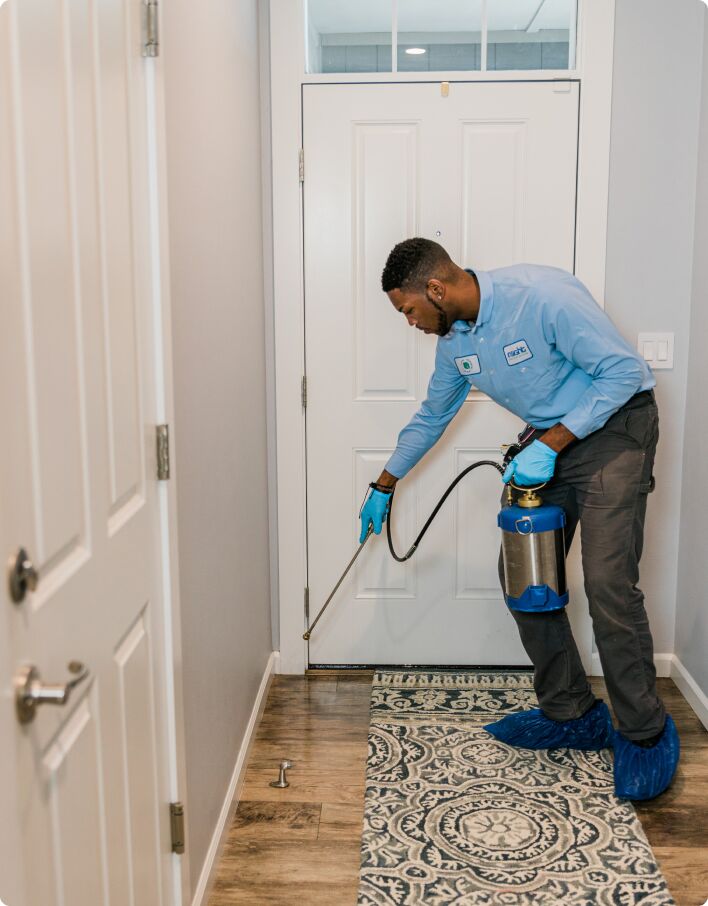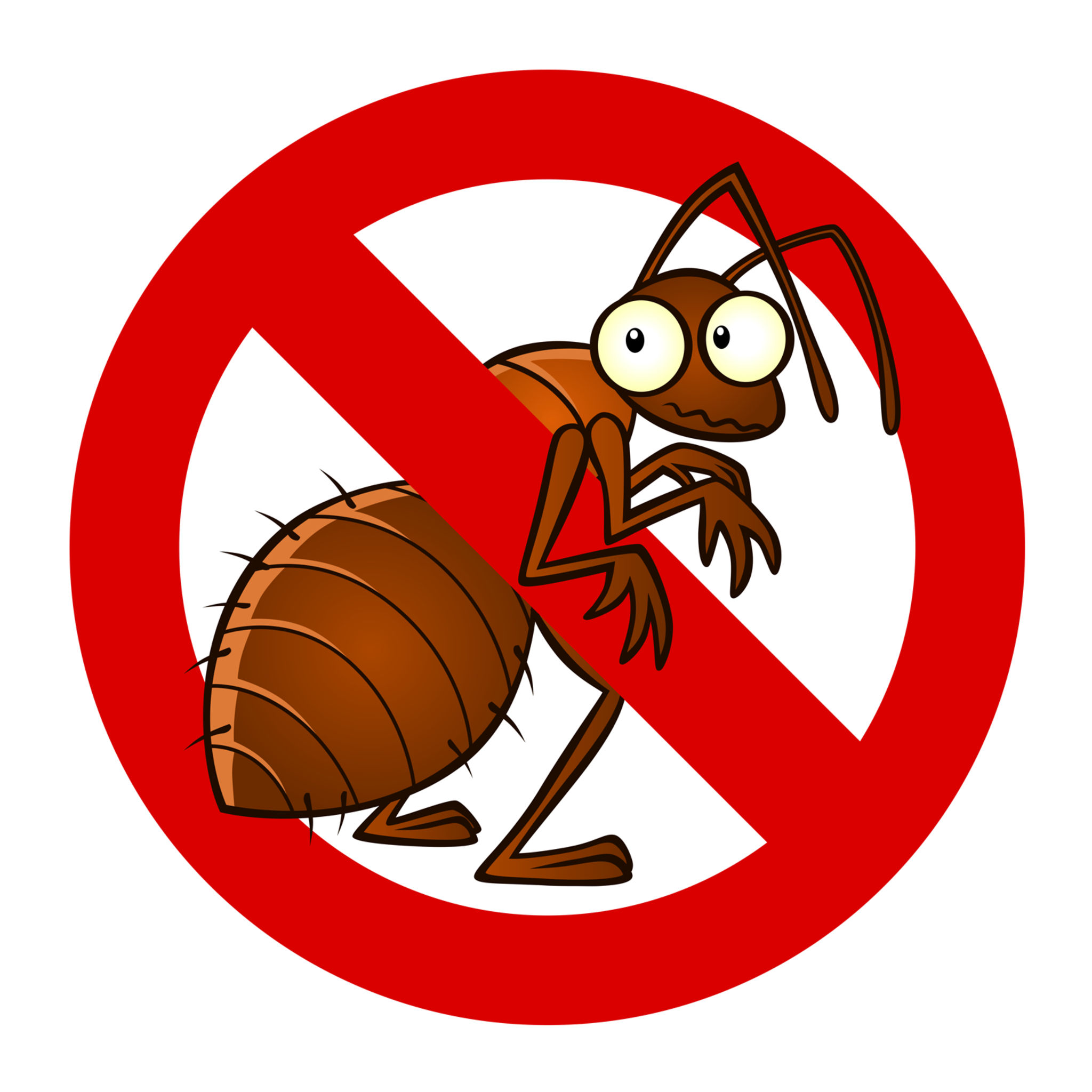Eco-Friendly Pest Control Orem Utah: Harmonizing Health and Safety
Eco-Friendly Pest Control Orem Utah: Harmonizing Health and Safety
Blog Article
Revealing the Different Kinds of Pest Control Solutions to Address Different Infestations
In the realm of bug control, a myriad of remedies exists to battle the varied range of invasions that can plague homes, businesses, and farming setups. As we dig right into the nuances of these pest control services, a much deeper understanding of their efficiency and applicability arises, shedding light on the significance of picking the right approach for each one-of-a-kind bug difficulty.
Chemical Pest Control Techniques
Chemical parasite control methods involve making use of details chemicals to eliminate or avoid pest problems in a targeted way. These techniques are typically utilized by bug control professionals to resolve a wide variety of parasites, consisting of pests, rats, and other undesirable microorganisms. The chemicals used in these approaches are made to successfully eliminate bugs while lessening harm to people, animals, and the atmosphere.

Another extensively made use of chemical bug control technique is rodenticides, which are especially made to eliminate rodent populations. These chemicals are frequently positioned in lure stations or catches to attract and eliminate rodents, helping to regulate infestations and avoid damages to structures and food products. When utilizing chemical pest control approaches, it is important to comply with safety and security guidelines and regulations to ensure reliable and liable insect monitoring.

Biological Bug Control Solutions
As opposed to using particular chemicals for targeted bug removal, organic bug control services harness natural predators, parasites, or virus to manage insect populations effectively. This eco-friendly technique uses a lasting and sustainable service to pest problems without triggering damage to helpful insects, animals, or the ecosystem.
Biological pest control methods involve presenting natural enemies of the target pest types into the damaged location. These all-natural enemies, such as ladybugs, parasitical wasps, nematodes, and fungi, victimize or contaminate the parasites, eventually reducing their populaces. By making use of the all-natural behaviors and interactions of these microorganisms, organic control can successfully reduce pest numbers and protect against further damages to gardens, structures, or plants.
One secret benefit of biological pest control is its capability to target details bugs while minimizing injury to non-target organisms. In addition, this approach can be integrated with various other pest management techniques to create a detailed and lasting method to pest control - Pest Control Orem Utah. Via the usage of organic agents, pest populations can be handled effectively and with minimal ecological impact
Mechanical Bug Control Methods
Implementing mechanical insect control methods includes utilizing physical techniques to eradicate and manage insect problems. These methods supply a non-chemical technique to pest management, making them an eco-friendly alternative. One usual mechanical approach is using traps, which are created to catch and remove insects like rats and pests. Traps can be put purposefully around the plagued area to target specific pests without harming other wild animals.
Another efficient mechanical bug control method is exemption, where barriers such as sealants, displays, or webs are utilized to stop parasites from entering buildings or specific locations. By enclosing entry factors, insects are unable to invade and develop themselves, lowering the need for chemical treatments.
Furthermore, physical removal methods like vacuuming or hand-picking insects can be used for smaller sized problems. This hands-on approach can be particularly useful for taking care of insects in yards or homes without resorting to chemical treatments. Generally, more helpful hints mechanical insect control strategies give a targeted and lasting remedy for parasite monitoring.
Natural and Organic Bug Remedies
Having discovered mechanical bug control methods, the focus now changes to the realm of natural and natural pest treatments, supplying alternative techniques for eco-friendly pest monitoring. Natural parasite control involves utilizing living microorganisms, such as killers, virus, and parasites, to manage pest populations. For instance, presenting ladybugs to feed on aphids or utilizing nematodes to target specific pests prevail all-natural parasite control practices. Organic insect treatments, on the other hand, use plant-based solutions like neem oil, diatomaceous planet, or garlic spray to drive away or eliminate insects without damaging the environment.

Integrated Pest Administration Techniques
Integrated Insect Management Methods concentrate on combining several insect control techniques to successfully and sustainably manage insect populations. This approach integrates different techniques such as organic control, environment manipulation, adjustment of cultural practices, and using immune varieties. By using a combination of approaches, Integrated Insect Management (IPM) intends to decrease the use of chemical pesticides while still efficiently managing bugs.
One key element of IPM is the focus on avoidance. By employing positive steps such as routine surveillance, proper cleanliness, and exclusion approaches, the goal is to avoid bug invasions prior to they come to be a substantial issue. In addition, IPM methods prioritize making use of safe or less toxic control methods, concentrating on the long-term wellness and environmental influence of parasite management methods.
In addition, IPM thinks about the details needs of each scenario, tailoring control methods to match the unique characteristics of the pest invasion. This targeted approach not only guarantees reliable bug control however also advertises sustainability and environmental duty in insect administration techniques.
Conclusion
To conclude, there are different sorts of parasite control remedies offered to deal with different problems. Chemical methods include using pesticides, while organic solutions use all-natural predators. Mechanical techniques include barriers and catches, while natural and natural treatments make use of non-toxic compounds. Integrated pest management integrates several approaches for effective control. It is necessary to think about the particular pest problem and ecological influence when selecting a parasite control service.

These approaches are commonly used by pest control professionals to attend to a wide range of pests, including bugs, rats, and other unwanted microorganisms. When using chemical insect control techniques, it is necessary to comply with security guidelines and regulations to ensure liable and reliable bug monitoring.
Having explored mechanical parasite control methods, the focus currently moves to the realm of all-natural and natural insect remedies, supplying alternate approaches for ecologically friendly parasite management.Integrated Insect Management Approaches concentrate on combining several pest control approaches to successfully and sustainably take care of pest populations. By utilizing a mix of techniques, news Integrated Pest Monitoring (IPM) intends to decrease the use of chemical pesticides while still efficiently managing insects.
Report this page